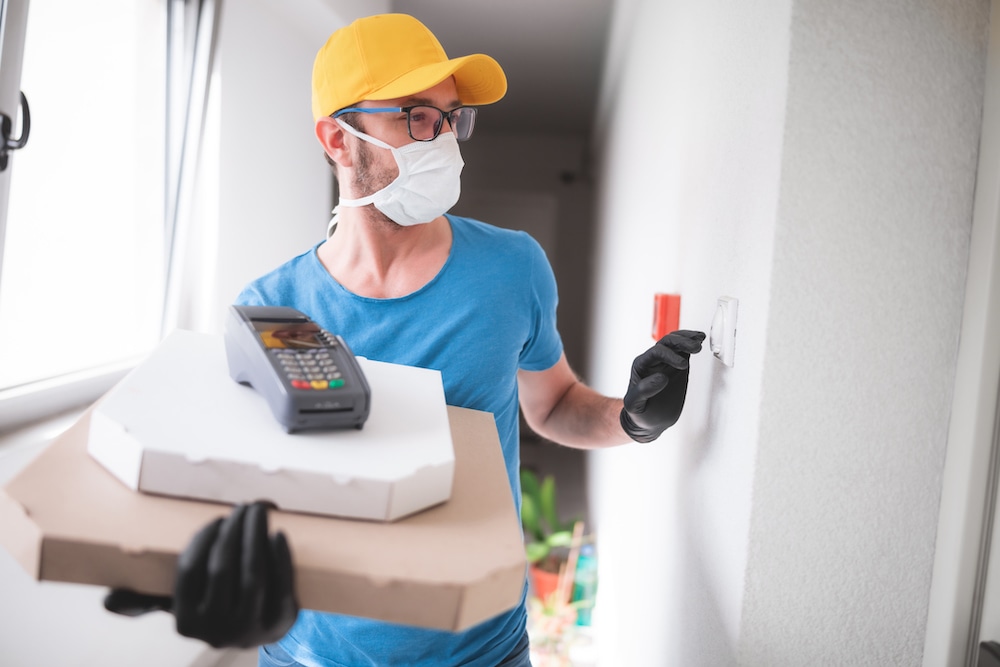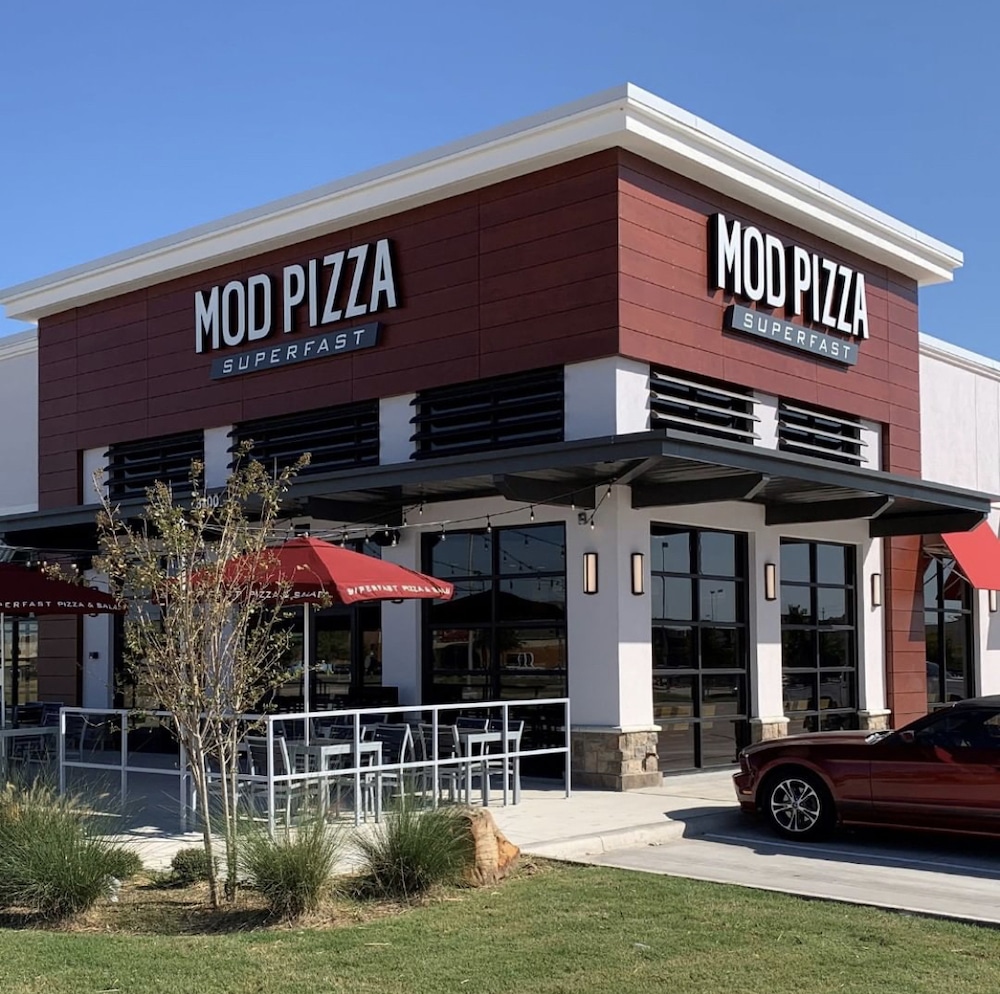- One of the biggest challenges in the pandemic era is keeping both food and employees safe at every point during the distribution process.
- Delivery, cold-holding assets and inventory tracking are key touch points to consider when evaluating food safety at your pizza restaurant.
Related: How leading pizza chains handle delivery and carryout
By Derek Stangle
A recent “Delivering On Restaurant Rewards” report, jointly published by PYMNTS.com and Paytronix, found that U.S. consumers spent a collective $769 billion ordering food last year, with 63 percent of that on food eaten at home ($486 billion). The report also noted that customers spent a collective $290 billion on food orders from quick-service restaurants (QSRs), with 59% ($171 billion) in takeout/delivery orders. Additionally, consumers spend 50 percent more on average when they place orders online for takeout.
That was 2020, and we are now well into 2021. While more Americans are getting vaccinated every day, the takeout trends established during the Covid-19 pandemic show no signs of going away. Americans continue to order restaurant meals via their mobile apps or the restaurant’s website.
With their long-time emphasis on takeout and delivery, pizza brands have been better positioned to weather the COVID-19 storm. Many actually saw their revenues increase during the pandemic. Domino’s Pizza, the largest pizza company in the world, saw U.S. same store sales grow 11.5 percent for the full year of 2020. Papa John’s 2020 North American sales were up 13.5 percent over 2019.
With curbside and home delivery options offering customers a safe alternative to home cooking, pizza brands are poised to continue this success as 2021 unfolds. However, success does not come without obstacles. For pizza operators, one of their biggest challenges is keeping both food and employees safe at every point during the distribution process.
How Technology Can Improve Food Safety
Large pizza brands, especially those with franchisees, rely upon each store manager to bring a consistent, delicious product to customers across America. In many cases, both the brand and its branch operations rely on paper-based processes to track food products from their arrival at their stores through their time in inventory, in the kitchen, and as they go out the door to customers. Today, however, there are new technology options that combine the power of handheld bluetooth-enabled hardware, remote temperature monitoring sensors, and data analytics to help pizza brands up their food safety game.
Here are three touch points along the food chain where pizza brands can improve their food safety practices.
Delivery Process: As a brand’s delivery fleet grows, so does the importance of keeping both drivers and customers safe. Pizza operators should establish safety standards for their delivery personnel as well as the inspection processes that help maintain these standards. The Centers for Disease Control’s Tips for Meal Kit and Food Delivery Safety suggests using stickers on the delivery box with instructions for keeping food hot or cold and using insulated packaging and materials to keep food hot while in transit.
Industry leader Domino’s has food safety front and center on its website. The brand has required safety precautions for all staff, such as hand-washing, store sanitizing and no-touch pizza baking that ensures each pizza that comes out of the oven does not come into physical contact with anyone other than the customer.
Likewise, Domino’s, like many other chains and independents, has made contactless delivery a reality. Customers order their pizzas online or via an app. As part of the ordering process, Domino’s provides an instruction box, which lets the customer add in any special directions, such as where they would like their delivery placed. Delivery drivers get the pizza to the customer’s door without ever touching the food or coming into direct contact with them. Pre-payment and pre-tipping complete the contactless paradigm.
Cold Holding Assets: Both walk-in coolers and reach-in refrigerators need to be monitored to ensure that food is stored at safe temperatures. Here, again, the CDC provides guidance. Use a food thermometer to make sure the food temperature is at 40°F or below. Remember that perishable food products—even those that are smoked, cured, vacuum-packed or fully cooked—must still be refrigerated.
Related: The latest innovations in restaurant refrigeration
Restaurant staff need to be trained to check temperatures on cold-holding facilities at regular intervals, at a minimum of once per shift. Temperatures, times and dates need to be recorded so that both store managers and headquarters staff can verify that the checks have been made and the food is safe.
Tech-enabled restaurants leverage the power of remote temperature monitoring, ensuring product is consistently monitored. Leveraging advanced analytics and staff alerts, stores use 24/7/365 monitoring to watch over their valued and perishable inventory. The best monitoring solutions come with staff alerts and corrective actions, relying on a product that not only monitors, but takes action when needed.
Inventory tracking: With shipments coming into each store, brands must be able to track product shelf-life, in order to protect against food expirations dates.
As Americans’ appetite for takeout continues to grow, pizza restaurants are at the forefront of adapting to this pandemic-driven trend. Pizza operators are transforming raw materials—from cheese to tomatoes, meat and dough—into tasty pizza in greater volumes than ever before. Upping their food safety standards and processes will ensure that food safety is maintained throughout the pizza journey and that both restaurant personnel and customers remain safe as well.
Derek Stangle is VP of Marketing at Squadle, Inc., a workflow automation company that enables multi-unit operators to simplify complex operations and streamline food safety.













